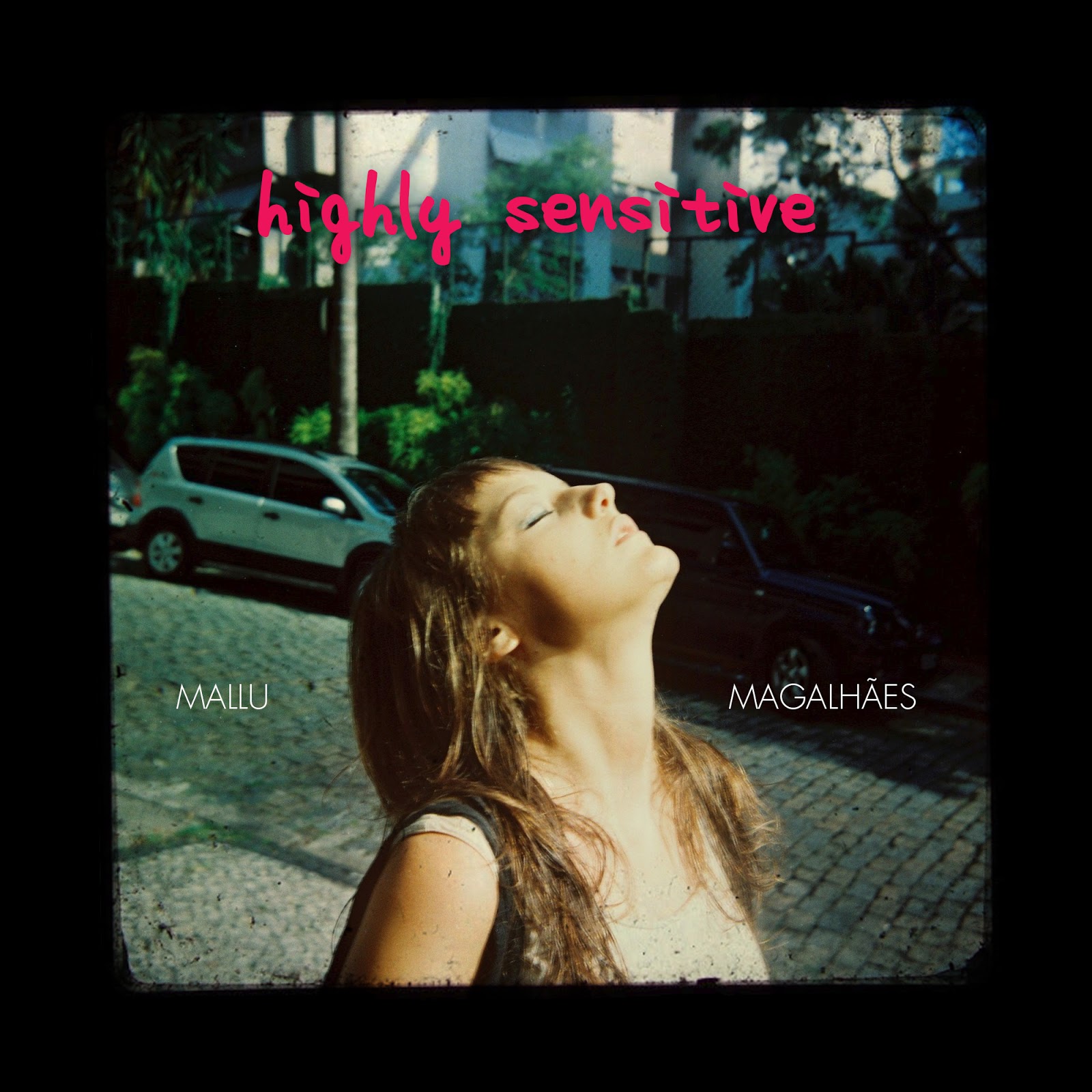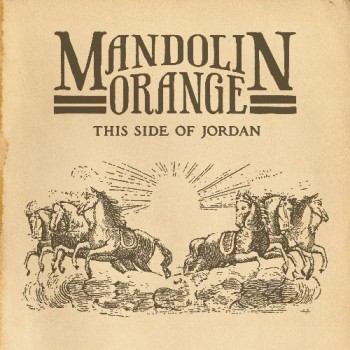

The newest albums, EPs and singles on the air at WKNC 88.1 FM HD-1/HD-2



With a rocky beginning to the album, I was quite impressed to find such addicting/good tracks at the end. Full of good beats and ambient sounds, DeadCat definitely has a promising future.
Cobalt Cranes “Head in the Clouds”
Creating their own dreamy sound, Cobalt Cranes new album definitely sounds like their heads were in the clouds when they put together all of these songs. Overall, the band is a really good duo with soothing vocals.

Cass McCombs “Big Wheel and Others”
Not gonna lie, this album is straight up WEIRD, but in a really good way. Cass intertwines soft melodies with wonderful lyrics to create a great album. This album is a really good choice to slow things down a bit.

This is an amazingly beautiful solo album put together by Shaun Flemming (Foxygen’s drummer)! Overall, the album is very impressive and similar (if not better) to the likes of Foxygen’s sound.
Besides Daniel “This Marvelous Grief”
Consisting of soft acoustics and vocals, Besides Daniel’s new album is very heartfelt and personal. Overall, the album is full of potential and pretty impressive.
Eston Dickinson – Knave of the Heart
Some solid indie-pop tunes from this Raleigh-based band. There’s a bit of a doo-wop feel to some of the vocal melodies and they’ve got a nice swing to them. A few catchy as hell tracks hidden within this album!




Love Inks // Generation Club
Love Inks is driven by the dark and dreamy vocals of Sherry Leblanc. On top of that, the addition of catchy beats makes “Generation Club” an album that is very promising and full of potential.
Luray // The Wilder

Heavy in the banjo/folk roots with a bit of country twang, Luray puts herself up there with likes of a lots of female folk groups. Full of talent and potential, The Wilder is overall an impressive album
Gambles // Trust
This album has a slower folky feel to it, which I really dig. Matthew Daniel Siskin is very personal on this album and is able to captivate listeners through his beautiful vocals and lyrics.
Teen Daze // Glacier
Not sure why Teen Daze limits their vocals so much, but the track below is the only track on the album with words. The rest is simply calming and relaxing synths. The album is very hypnotizing, but I feel like Teen Daze has a lot more potential then they think.
Garage Voice // Amenin

Somehow combining garage rock with gospel music, Garage Voice is able to create a very unique sound of their own. With a fuzzy bass and church organs, Amenin is quite a different, but good album
Ski Lodge / Big Heart

A lot of bands get compared to the Smiths, but this charming band really, REALLY sounds like the Smiths. The lead singer even has the last name Marr. That being said, Ski Lodge isn’t a cheap imitation of an iconic band – they sound more like what might happen if the Smiths were still making new music today. Nothing groundbreaking, but definitely worth a spin.
Willis Earl Beal / Nobody Knows.
Willis Earl Beal is troubled – and he’s asking the tough questions with a voice as smooth as butter (that is, when it’s not a guttural growl). Needless to say, this is a dark and emotional album but very mesmerizing. The collab with Cat Power provides one of the only upbeat tracks, but what the album lacks in pep, it makes up for in SOUL, man.
Belle and Sebastian / The Third Eye Centre
This is a pretty diverse collection of “B-sides and rarities” from their time with Rough Trade Records between 2003 and 2010. Also a few interesting remixes. Overall, an interesting look at how the band’s sound has changed over time.
King Krule / 6 Feet Beneath the Moon

I’m not gonna lie, I’m not really into King Krule. But maybe you are, and that’s fine! Yay diversity! Anyway, this album is meditative, reverb-y, and propelled by Archy Marshall’s thick-accented London drawl. Would fit well into a chilled-out set.








Matias Aguayo “The Visitor”
2013 has proved to be an amazing year in music already, and with recent releases from the likes of Daft Punk, Club 8, Mount Kimbie, and Ryan Hemsworth (among others), it is safe to say that this summer in music will undoubtedly be a blessing to our iTunes. Here are a few of Triple Lindy’s top release picks for this summer.
Gold Panda – Half Of Where You Live
Release Date: June 11
Nearly three years after the release of his critically acclaimed debut album Lucky Shiner, Gold Panda returns with his second album Half Of Where You Live. Described as a “city album” by its creator, each track possesses a different aesthetic and reflects a different environment. The album reflects Gold Panda’s nomadic existence – you can see the influence of his travels in track titles like ‘Brazil’ and “Enoshima,” and in the oriental textures of “My Father In Hong Kong 1961” and “We Work Nights.” Gold Panda opts for a more considered approach, the music taking on harsher edges than his previous work, and an almost hauntological feel at times. Crucially, though, this new approach hasn’t compromised the producer’s creative freedom, and the album still flows with his trademark organic vibrancy. – via Ghostly
Stream the full album here
Diamond Version –
Release Date:
Diamond Version is a Mute Records-based collaboration between veteran experimental artists Carsten Nicolai (Alva Noto) and Olaf Bender (Byetone), perhaps best known as two of the minds behind Germany’s Raster-Noton imprint. The duo draw their inspiration from “digital short message information culture"—that is, those incessant corporate slogans and sound bites that are never far from a modern consumer’s eyes and ears. This is the latest installment in Diamond Version’s series of EPs leading up to an album in summer 2013. Diamond Version is a project born out of a live situation – precision-tooled and impeccably sculpted club tracks, powered by the duo’s characteristic rhythms and flecked with absurdist humor.
Egadz – Satellites
Release Date: July 30
Braids – Flourish//Parish
Release Date: August 20
Angel Haze – Dirty Gold
Release Date:
While performing an incomplete version of what would become “Eyeoneye,” Andrew Bird remarked to the TED audience, “Songwriters can sort of get away with murder. You can throw out crazy theories and not have to back it up with data or graphs or research.” Although Bird only occasionally touches in the theories of the absurd, he would not need an alibi to get away with his sixth studio album Break it Yourself.
In the TED speech and in music as well Bird has become a master of addressing his audience. Much of the power within Break it Yourself is based on how he speaks to the listener, and the message that he delivers is made all the more significant because he knows how to take the listener wherever he would like.
What makes Break it Yourself so powerful is the strength in making music that feels personal. This is not simply an interaction between the musician and some far off idea or some other individual; throughout the album, you feel as if you are the agent around which his songs revolve. Through making an album that feels to its very core personal, Bird can make the most relatable of human emotions more significant and engaging for the listener.
The agent of the nostalgia that Bird will reflect on in songs like “Danse Caribe” exemplifies how he can turn the metaphorical camera on the audience away from him. When singing, “You were a shameless child…” he clearly focuses on the listener as the agent, not himself. In doing this early in the album there is always this feeling of intimacy in the songs. Although he does not intend to tell the story of the listener, it is hard to come away from the song without having recalled your own childhood.
This is accompanied by the fact that Bird has become an expert at the craft of conveying emotion through instrumentals. Controlling tones, pace, and precise layers of construction, Bird is able to guide the song exactly where he always intended. This on top of his prowess as a personal yet fictional storyteller makes the message of the songs take on more meaning.
It is the realm of relationships where this craft of making songs feel personal and sincere shines the brightest. In “Eyeoneye” Bird says that when we try to get back to the realm of fixation on oneself we become the agents of our own destruction. And although this does seem a bit hokey in many respects, Bird makes it feel natural. He takes the listener through this journey that describes “you” as someone who has become intensely fixated on attempting to fix “yourself” that it took “you” way too long to eventually recognize that “you” need help. It is the most personal of relationships: the relationship we have with ourselves.
Bird moves this focus onto the relationships people have with one another, onto the “you and I” aspect. This makes you feel as if you are the agent in the song with Bird and reemphasizes the personal nature of the entire album.
In “Lazy Projector” Bird shows how this feeling can be grounded in the reality of relationships, particularly their sometimes-ugly aftermath. The theme of the song revolving around how we become the editors of our own stories, especially in hindsight of what happened. As a coping mechanism we skew the sense of what actually happened with our own story, and in frustration Bird sings, “I can’t see the sense in us breaking up at all.”
“Sifters” provides one of the most powerful moments in the entire album when Bird takes this personal interaction between two individuals and speculates, “What if?” Bird sings, “What if we hadn’t been born at the same time? Would you tell me all the stories from when you were young and in your prime?” This scratches the surface of what becomes a beautiful and touching moment in the record and certainly not one to be forgotten.
The album finishes with that feeling left over. This is simply not an album that will be forgotten. Its personal and relatable nature, masterful instruments, paces, and imagery makes Break it Yourself one of the best albums of the year.